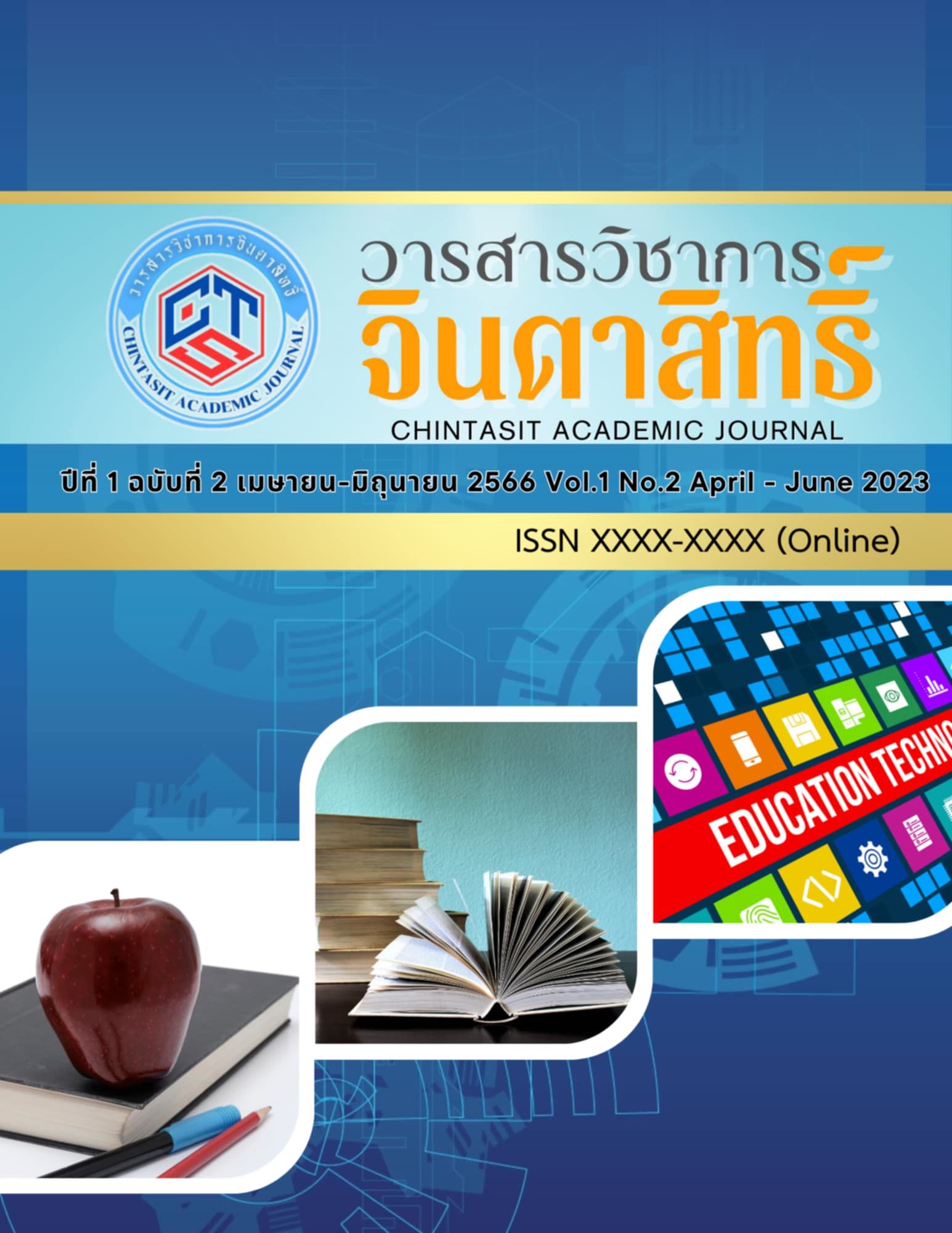Application of Buddhist Trisikkha in 21st Educational Administration สงกรานต์ อนุสุเรนทร์ Songkran Anusuren โรงเรียนบ้านห้วยเหล็ก สำนักงานเขตพื้นที่การศึกษาประถมศึกษาเลย เขต 1 Hueilex School, Loei Primary Educational Service area Office 1 *Corresponding
Main Article Content
Abstract
Educational management in the 21st century is characterized by constant changes in the environment due to the world's transition into an era of information and technology. This rapid change makes it increasingly difficult to predict and plan for the future. It represents a shift from the old paradigm of the 20th century to a new paradigm for the 21st century. Although challenging, the path forward must focus on managing change across multiple dimensions.
For effective educational management in the 21st century, educational administrators must have high expectations, a visionary outlook for the future, a creative mindset, and recognize learning as the most fundamental and important goal above all else. This is extremely challenging because everything in human society is uncertain, according to Buddhist principles. All things are impermanent; everything is "anicca" (impermanent) and unavoidable.
Therefore, for an organization to continue existing sustainably, it must establish appropriate strategies for managing organizational change. This requires cooperation from all individuals in the organization. Administrators must possess skills, thoroughness in management, flexibility, and the ability to make decisions in selecting appropriate strategies and tactics for managing the changes occurring within the organization.
The purpose of this article is to present issues related to the application of the Threefold Training (Trisikkha) principle for educational management. It will address topics including the meaning of Trisikkha and concepts for applying Trisikkha to educational management in the 21st century, aiming to ensure that educational management in this era can continue to exist sustainably.
Article Details

This work is licensed under a Creative Commons Attribution-NonCommercial-NoDerivatives 4.0 International License.
Chintasit Academic Journal is licensed under a Creative Commons Attribution-NonCommercial-NoDerivatives 4.0 International (CC BY-NC-ND 4.0) licence, unless otherwise stated. Please read our Policies page for more information on Open Access copyright and permissions.
References
กรมการศาสนา. (2525). พระไตรปิฎกภาษาไทย ฉบับหลวง เล่มที่ 20. พระสุตตันตปิฎก เล่มที่ ๑๒
อังคุตตรนิกาย เอก-ทุก-ติกนิบาต. พิมพ์ครั้งที่ 4. กรุงเทพมหานคร: กระทรวงศึกษาธิการ.
กัญภร เอี่ยมพญา (2564 ). การจัดการศึกษาในยุคโลกาภิวัตน์. วารสารครุศาสตร์ปริทรรศน์ฯ, 8(1).
-114.
ชมพู เนื่องจำนงค์ ภัทรยุทธ โสภาอัศวภรณ์ และ อัจฉรา ธนีเพียร. (2563). กรอบทักษะการเรียนรู้ใน
ศตวรรษที่ 21 กับการจัดการเรียนรู้โดยใช้โครงงานเป็นฐาน. วารสารวิชาการ สถาบัน
เทคโนโลยีแห่งสุวรรณภูมิ, 6(1). 623-640.
ธงชัย สิทธิกรณ์ (2559). การออกแบบการเรียนรู้ในศตวรรษที่ 21. ออนไลน์. สืบค้นเมื่อ 15 มิถุนายน
จาก http://www.birdkm.com/outside-classroom/outsideclass/newlearningc21
พระครูศรีธรรมวรภรณ์. (2562). การประยุกต์ไตรสิกขาเพื่อการพัฒนาทุนมนุษย์ในศตวรรษที่ 21.
มหาวิทยาลัยมหาจุฬาลงกรณราชวิทยาลัย
พระธรรมปิฎก (ป.อ. ปยุตฺโต). (ม.ป.ป.). การศึกษาเพื่อสร้างบัณฑิตหรือการศึกษาเพื่อเพิ่มผลผลิต.
พิมพ์ครั้งที่ 2. กรุงเทพฯ: มูลนิธิพุทธธรรม.
พระมหาจรรยา สุทฺธิญาโณ. (2544). ธรรมทรรศน์ปฏิวัติการศึกษา. กรุงเทพฯ: ประชาธรรม.
ลานธรรมจักร. (2563). มรรค 8 กับไตรสิกขา. ออนไลน์. สืบค้นเมื่อวันที่ 2 ตุลาคม 2564 จาก
http://www.dhammajak.net/forums/viewtopic.php?f=1&t=40099
วิโรจน์ สารรัตนะ. (2556). กระบวนทัศน์ใหม่ทางการศึกษากรณีทัศนะต่อการศึกษาศตวรรษที่ 21.
กรุงเทพฯ: ทิพยวิสุทธิ์.
อดุลย์ วังศรีคูณ. (2557). การศึกษาไทยในศตวรรษที่ 21: ผลผลิตและแนวทางการพัฒนา.


